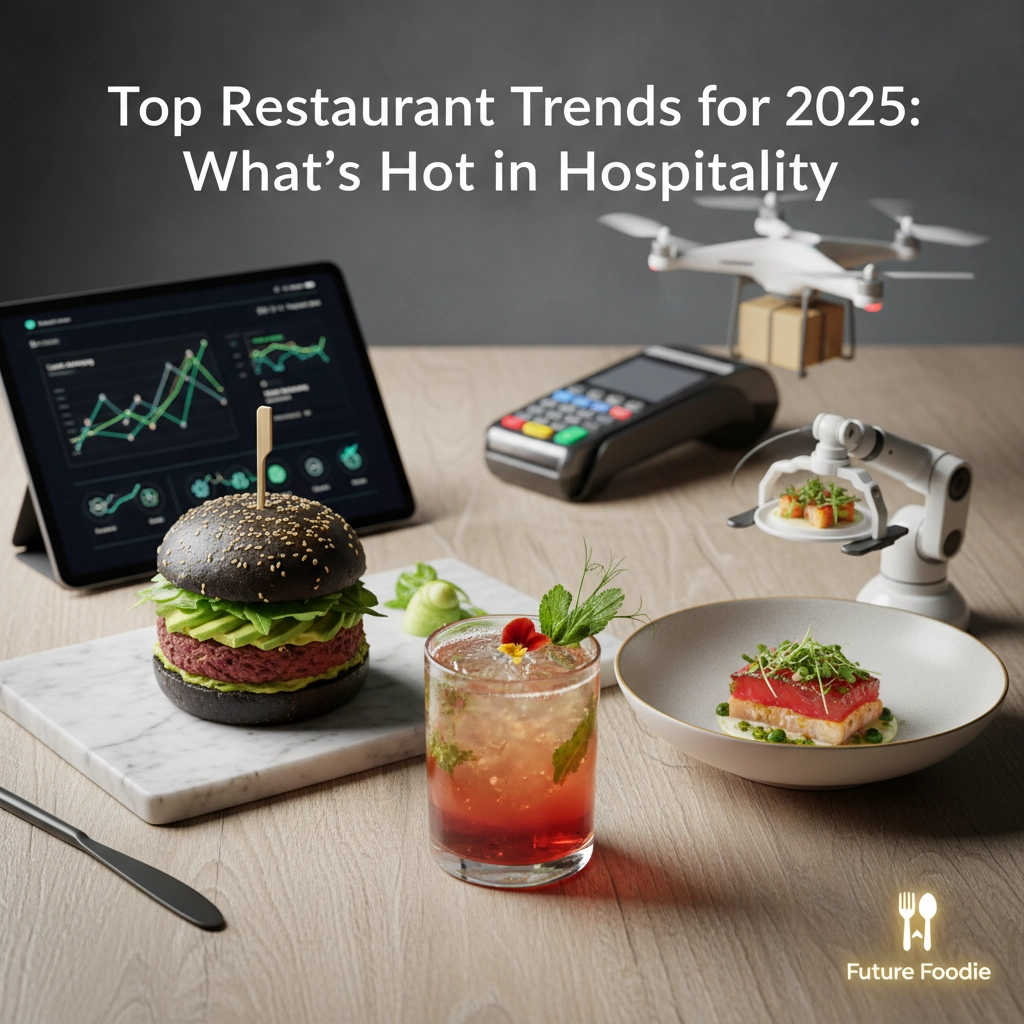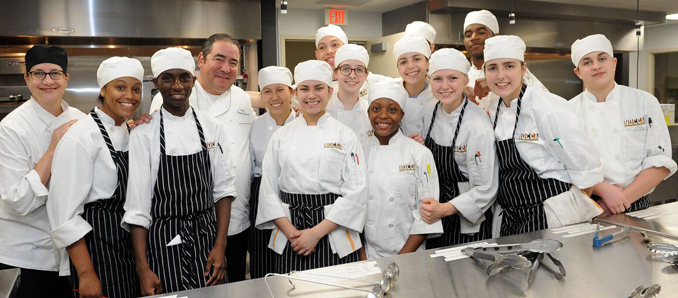The restaurant industry is cooking up some serious changes for 2025, and if you're not keeping up, you're getting left behind. From AI-powered kitchens to immersive dining experiences that make Instagram look basic, this year's trends are all about working smarter, not harder: while giving customers something they can't get at home.
Let's dive into the ten hottest trends shaping the food and beverage industry right now, based on insights from the National Restaurant Association's latest research and what we're seeing on the ground.
1. AI and Smart Kitchen Integration Take Center Stage
Artificial intelligence isn't just for tech bros anymore: it's become essential for restaurant survival. Smart kitchens are using sensors, automated prep stations, and digital displays to slash labor costs and boost consistency. We're talking about systems that can predict when you're running low on ingredients, optimize cooking times, and even suggest menu modifications based on real-time data.
The game-changer? Restaurants using AI integration are seeing up to 25% reductions in food waste and significant improvements in order accuracy. It's not about replacing your kitchen crew: it's about giving them superpowers.
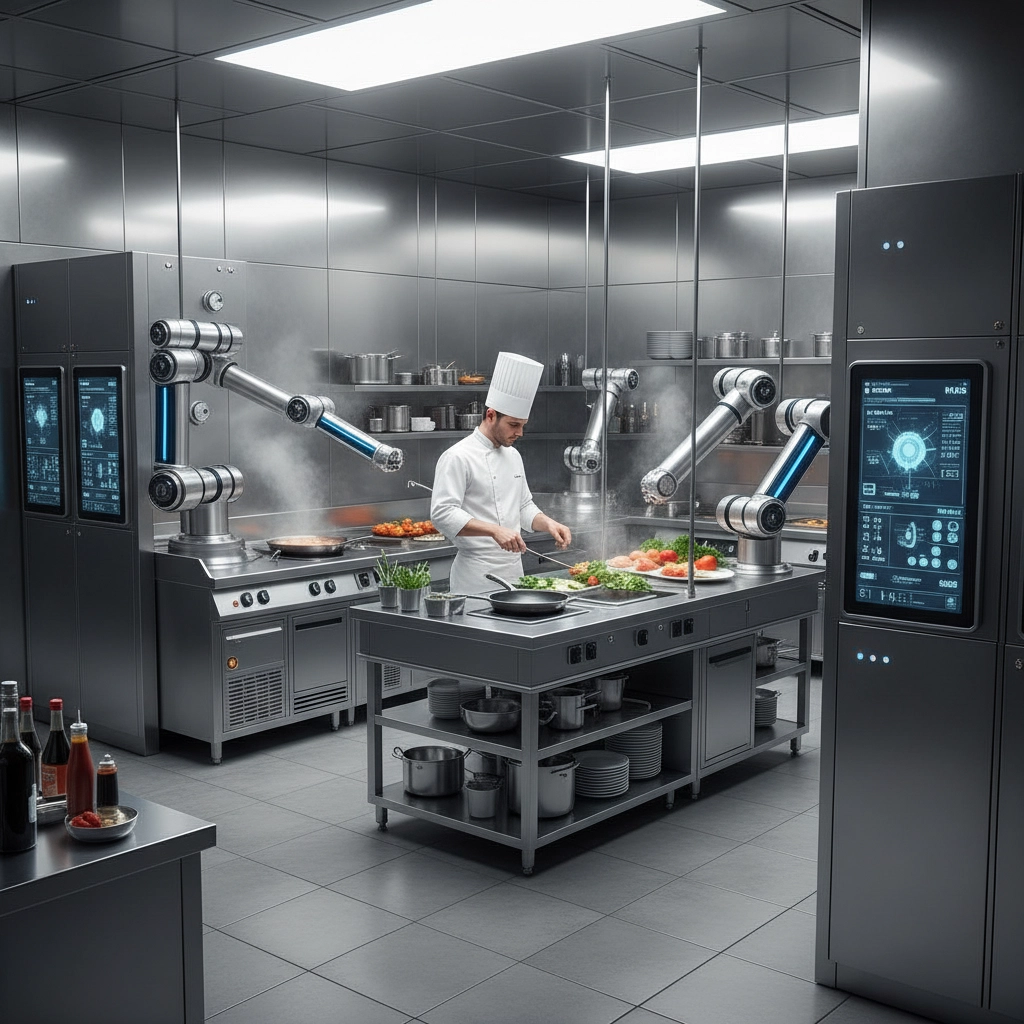
2. Experiential Dining Becomes the New Normal
Forget just serving good food: restaurants are becoming entertainment destinations. Chef-led tasting experiences, open kitchen concepts, and interactive cooking classes are drawing crowds who want more than a meal. We're seeing everything from gin-making workshops to chef's table experiences where diners eat in the actual kitchen.
Hotels and standalone restaurants are transforming into culinary theaters. Guest chef takeovers, kitchen parties, and specialized cooking classes focusing on local traditions are creating memorable experiences that command premium prices and generate serious social media buzz.
3. Sustainability and Local Sourcing Lead the Pack
This isn't just feel-good marketing: sustainability topped the National Restaurant Association's macro trends list because customers are voting with their wallets. Restaurants focusing on local sourcing, sustainable seafood, and transparent supply chains are seeing increased loyalty and higher check averages.
The smartest operators are making sustainability profitable by reducing waste, streamlining supply chains, and partnering with local producers. It's about being genuinely green, not just green-washing your brand.
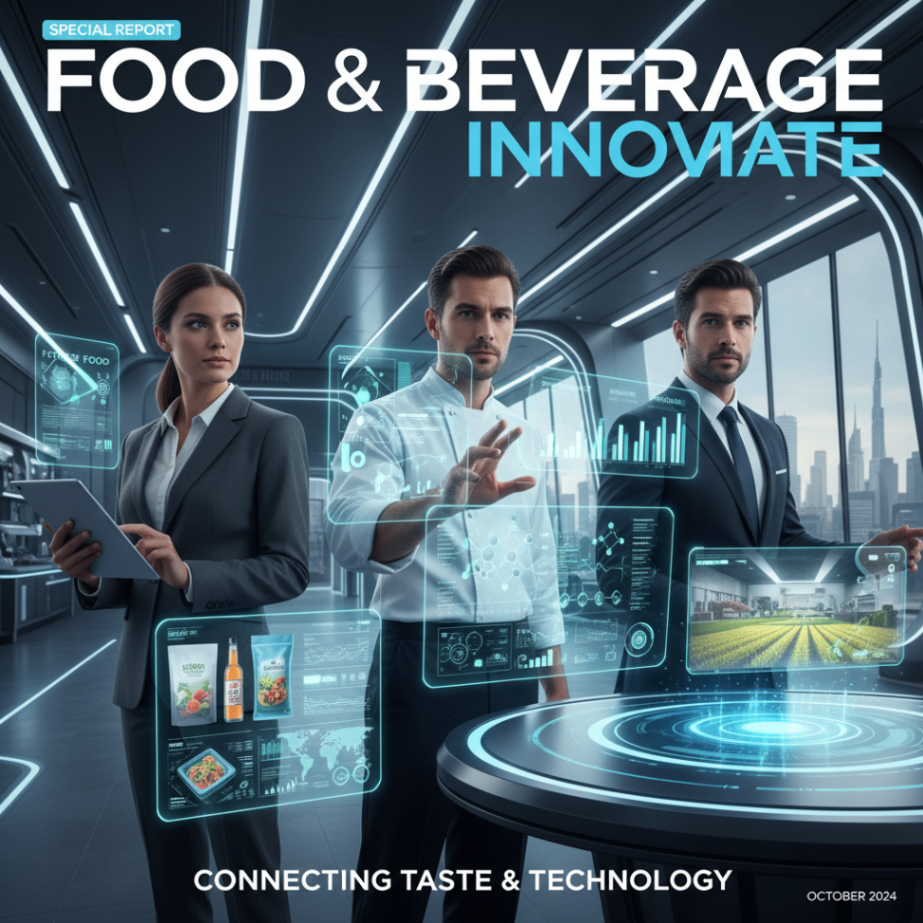
4. Southeast Asian Flavors Dominate Menu Innovation
Move over, Korean BBQ: Southeast Asian cuisines are having their moment. From Vietnamese pho variations to Filipino adobo-inspired dishes, restaurants are diving deep into these flavor profiles as part of the broader wellness trend.
These cuisines naturally align with the health-conscious dining movement, offering fresh ingredients, bold spices, and plant-forward options that satisfy both flavor seekers and wellness enthusiasts.
5. Smaller Menus, Bigger Impact
The days of novel-length menus are over. Streamlined menus with fewer, better-executed options are winning in 2025. This trend addresses labor shortages while improving food quality and reducing waste: a triple win for operators dealing with thin margins and staffing challenges.
Limited-time offerings and "flights" (small samplings of multiple items) are keeping menus fresh without overwhelming kitchen staff. Think deviled egg flights, pancake tastings, or dessert samplers that encourage exploration while simplifying operations.
6. Plant-Based Gets Convenient and Delicious
Plant-based dining has evolved beyond sad veggie burgers. Convenience proteins: including sophisticated plant-based options, sous-vide preparations, and shelf-stable alternatives: are making it easier for restaurants to offer consistent, delicious meat-free options without specialized training.
The focus has shifted from "fake meat" to celebrating plants in their own right, with dishes that happen to be plant-based rather than trying to imitate animal products.

7. Value Deals That Don't Sacrifice Quality
With inflation hitting everyone's wallet, restaurants are getting creative with value propositions. But this isn't about racing to the bottom: it's about smart pricing strategies that offer genuine value while maintaining margins.
Pop-up restaurant concepts, happy hour extensions, and mid-week dining promotions are helping restaurants maximize capacity while giving cost-conscious customers reasons to celebrate. The key is making value feel special, not cheap.
8. Off-Premise Dining Gets a Glow-Up
Takeout and delivery aren't going anywhere, but the winners are elevating the experience. Better packaging that keeps food hot and fresh, presentation that photographs well, and exclusive off-premise menu items are turning takeout into a premium experience.
The restaurants crushing it in this space treat off-premise dining as a separate revenue stream with its own operational considerations, not just an afterthought to dine-in service.
9. Data-Driven Decision Making Becomes Standard
Restaurant management systems are getting scary smart, providing real-time insights on everything from food costs to customer preferences. Operators using data analytics are optimizing pricing, predicting demand, and identifying which marketing campaigns actually drive revenue.
This isn't just for big chains anymore: affordable analytics tools are helping independent restaurants compete with data-driven insights that were previously available only to corporate operators.
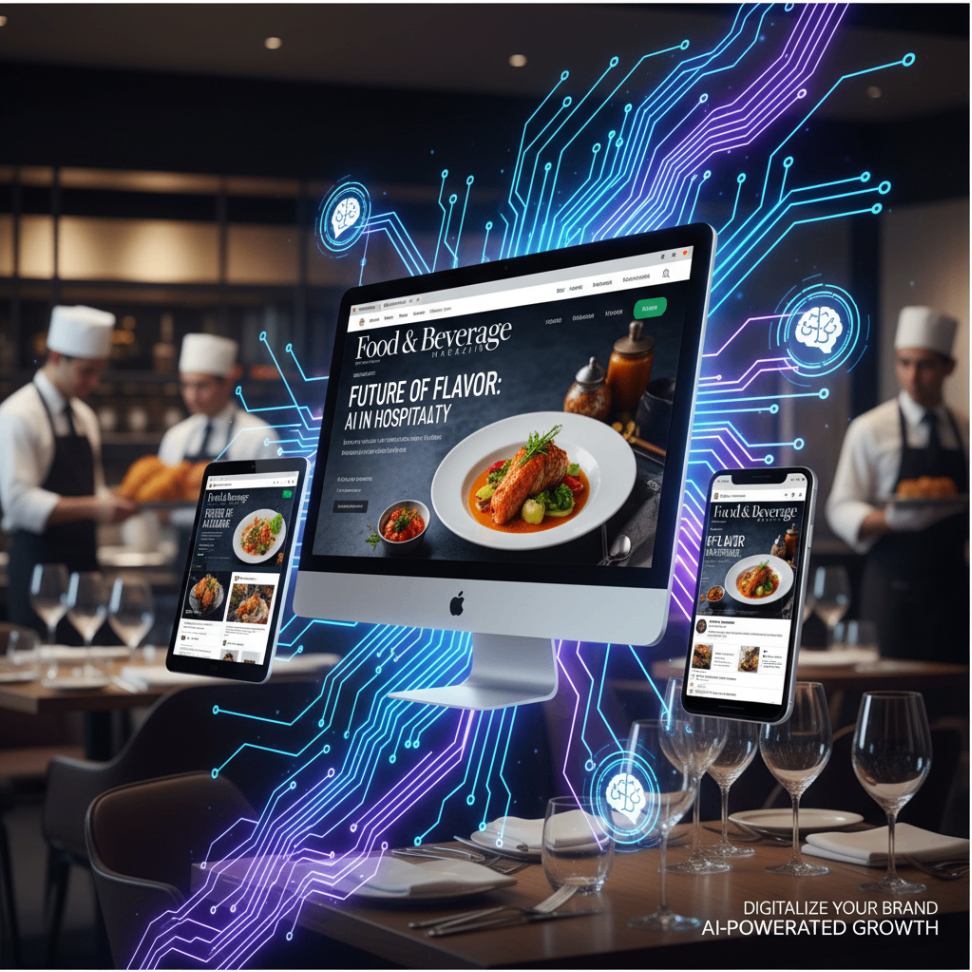
10. Wellness-Focused Kids' Menus and Family Dining
Parents are demanding better options for their kids, and restaurants are responding with healthy kids' menus that don't sacrifice taste. This trend extends to family dining experiences that cater to multiple generations and dietary preferences.
Restaurants creating inclusive environments where families can enjoy quality time together: with options for everyone from toddlers to grandparents: are seeing increased visit frequency and higher per-party spending.
The Bottom Line: Adaptation is Everything
These trends aren't just fads: they represent fundamental shifts in how the food and beverage industry operates. The restaurants thriving in 2025 are those embracing technology while maintaining human connection, offering value while elevating experiences, and staying true to their brand while adapting to customer expectations.
The key is picking the trends that align with your concept and customer base, then executing them flawlessly. Whether you're integrating AI into your kitchen operations or creating immersive dining experiences, success comes from understanding what your customers truly value and delivering it consistently.
What trends are you seeing in your market? How are you adapting your operations to stay ahead of the curve? The food and beverage industry moves fast; but with the right insights and execution, 2025 could be your best year yet.
Written by Michael Politz, Author of Guide to Restaurant Success: The Proven Process for Starting Any Restaurant Business From Scratch to Success (ISBN: 978-1-119-66896-1), Founder of Food & Beverage Magazine, the leading online magazine and resource in the industry. Designer of the Bluetooth logo and recognized in Entrepreneur Magazine's "Top 40 Under 40" for founding American Wholesale Floral. Politz is also the founder of the Proof Awards and the CPG Awards and a partner in numerous consumer brands across the food and beverage sector.



